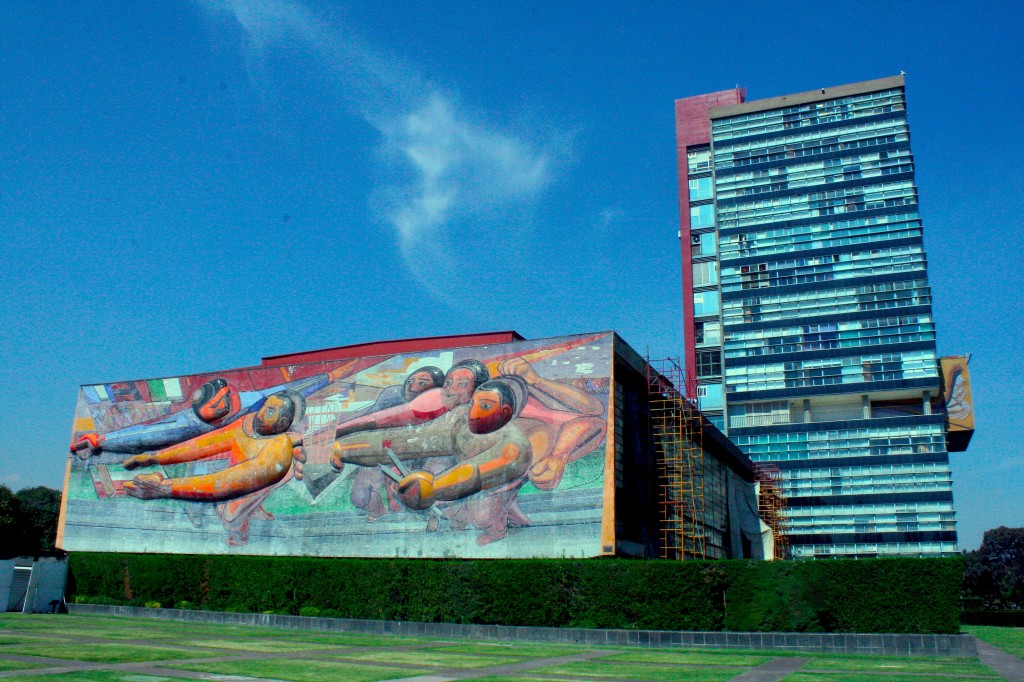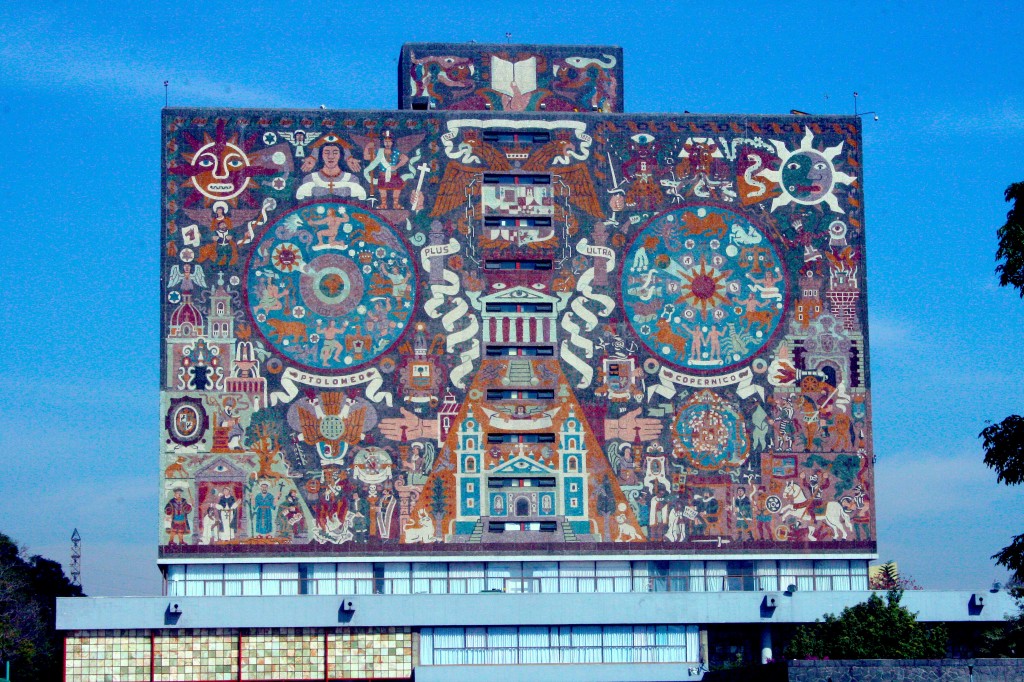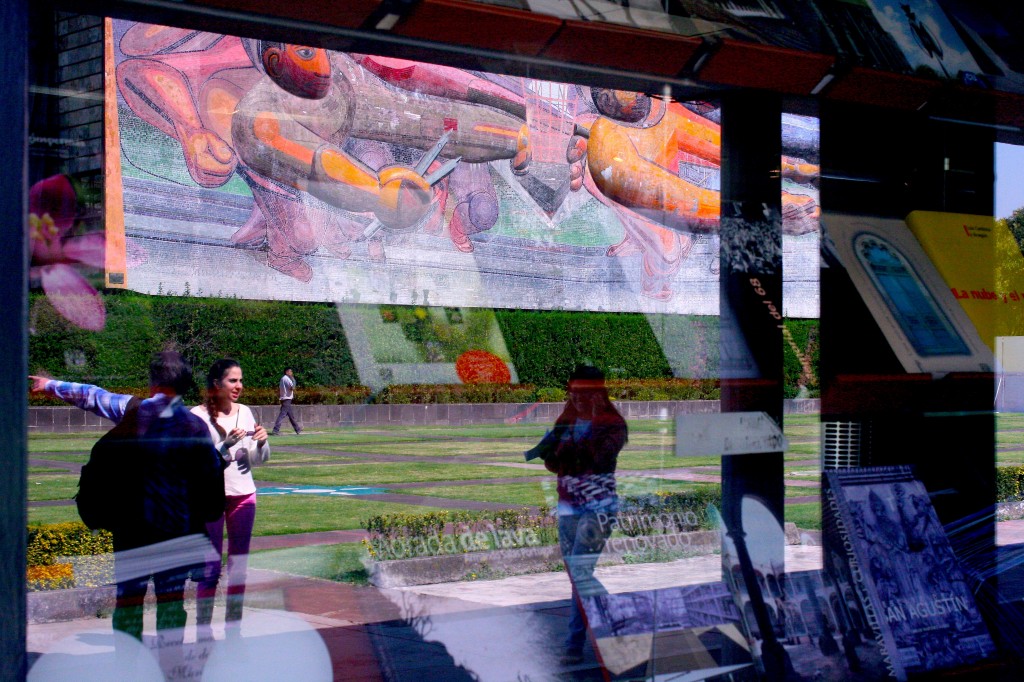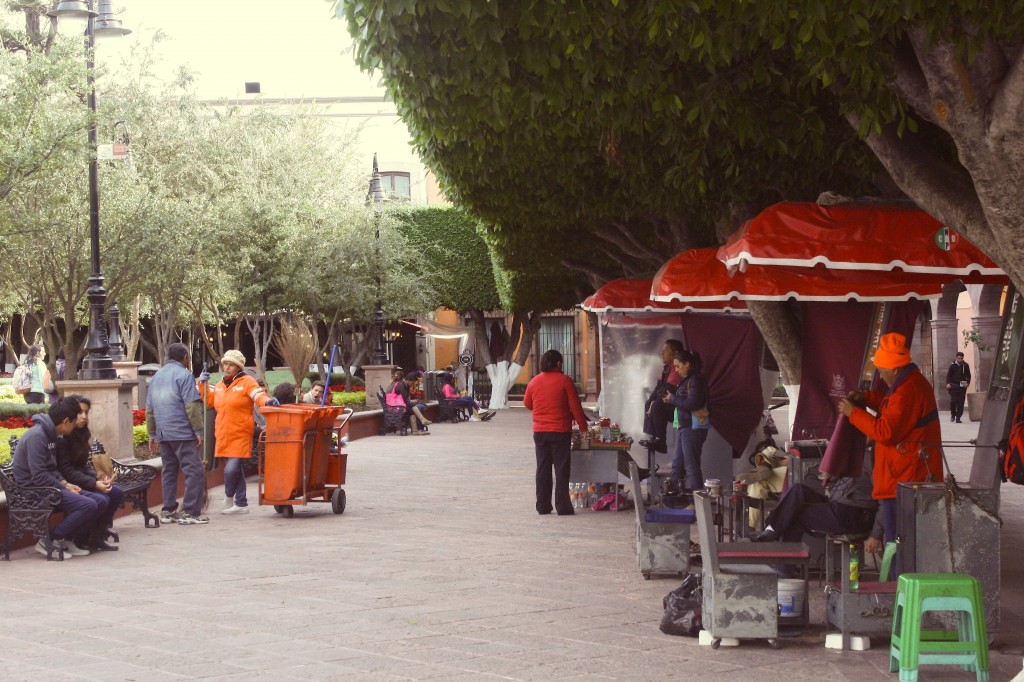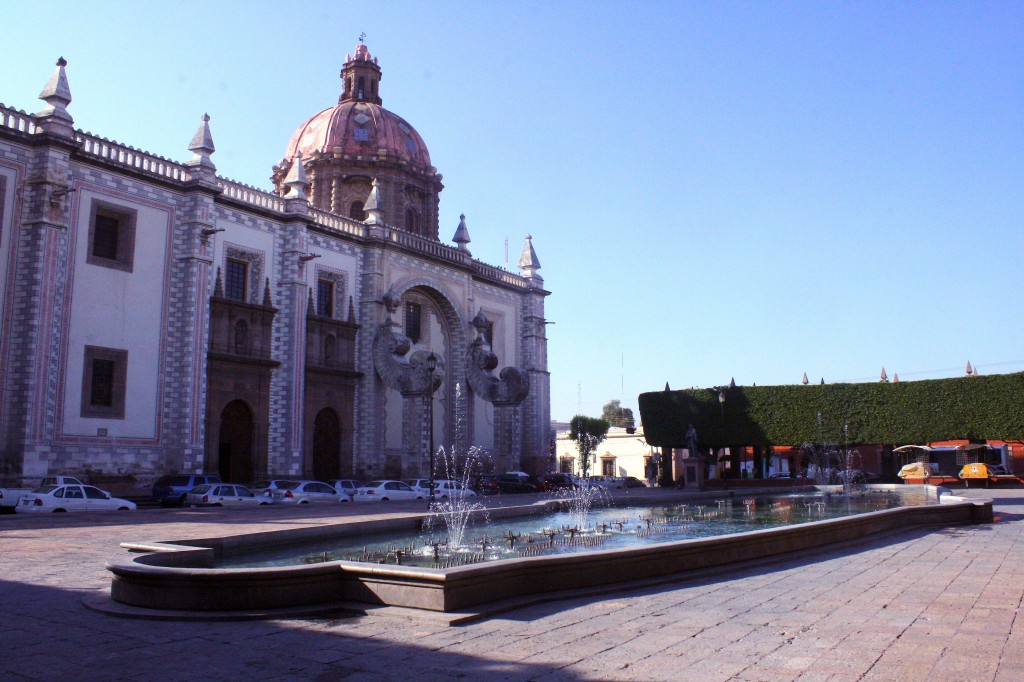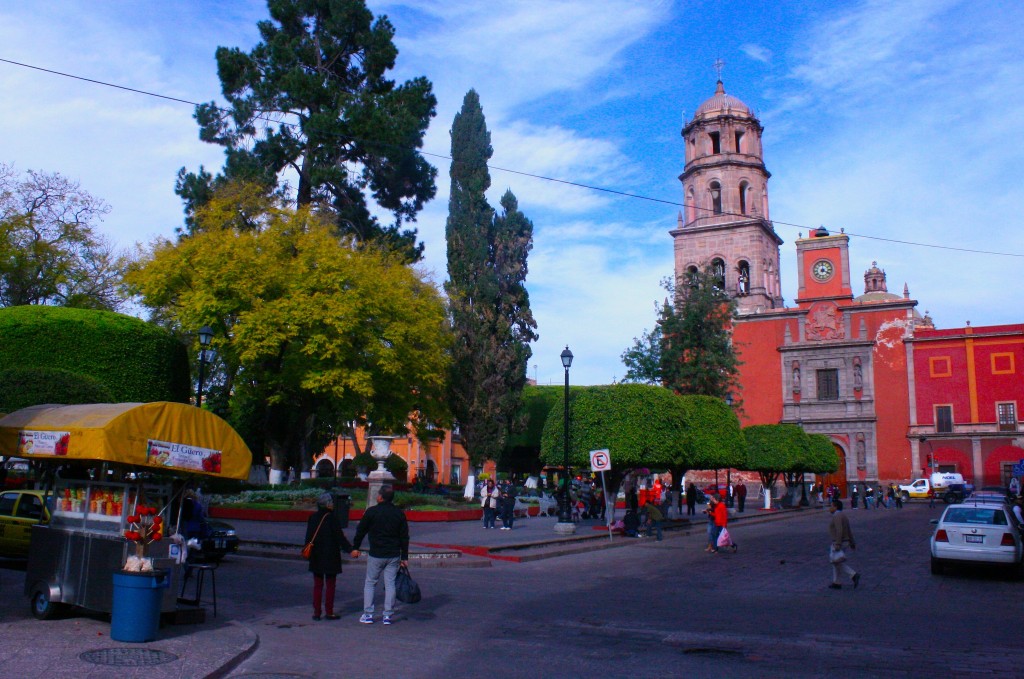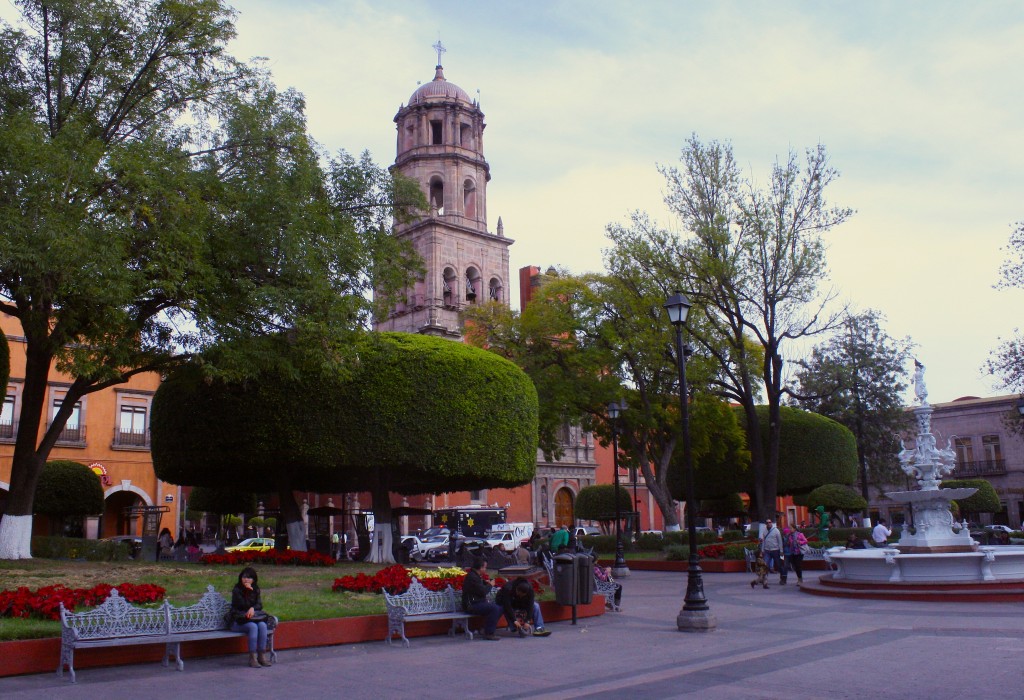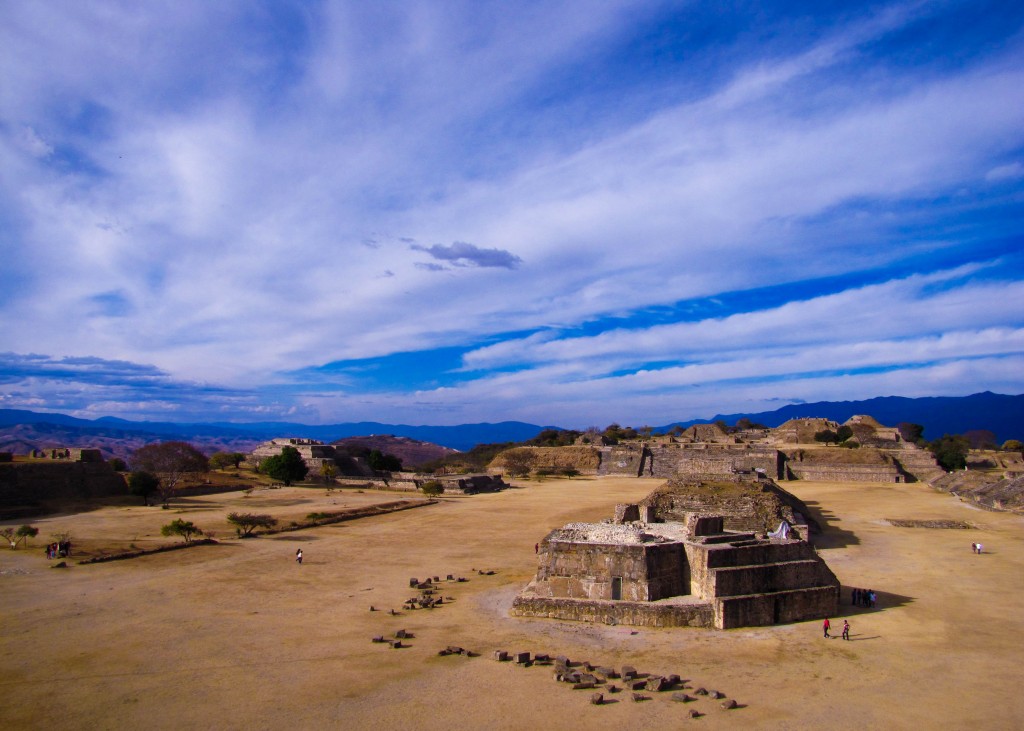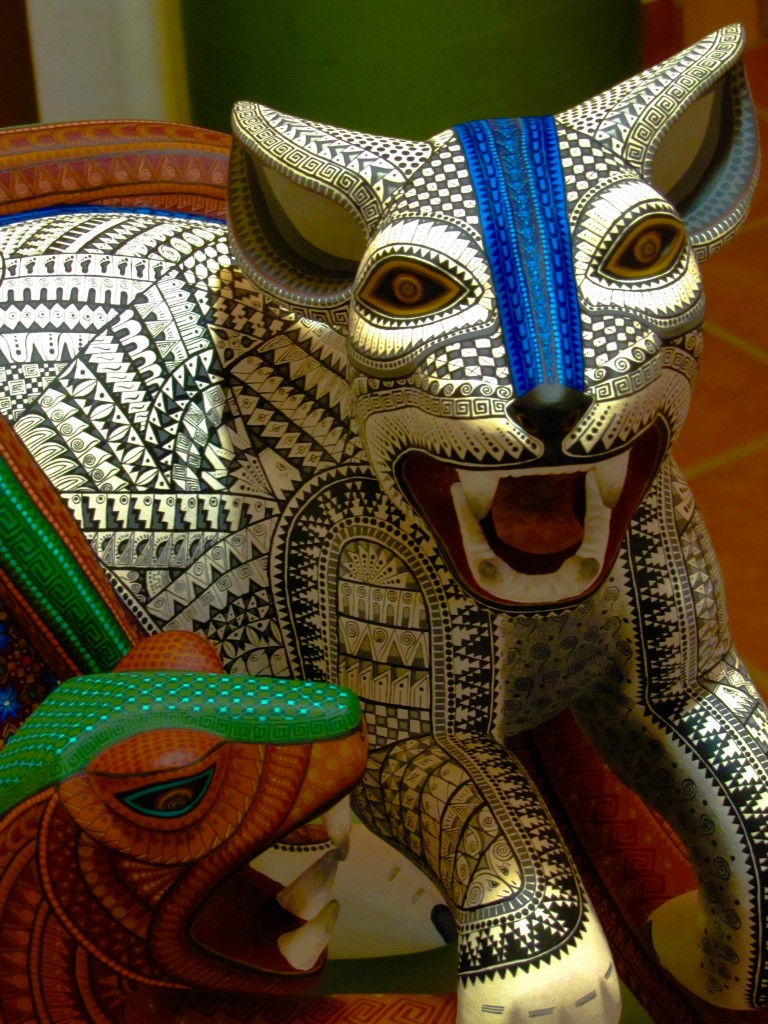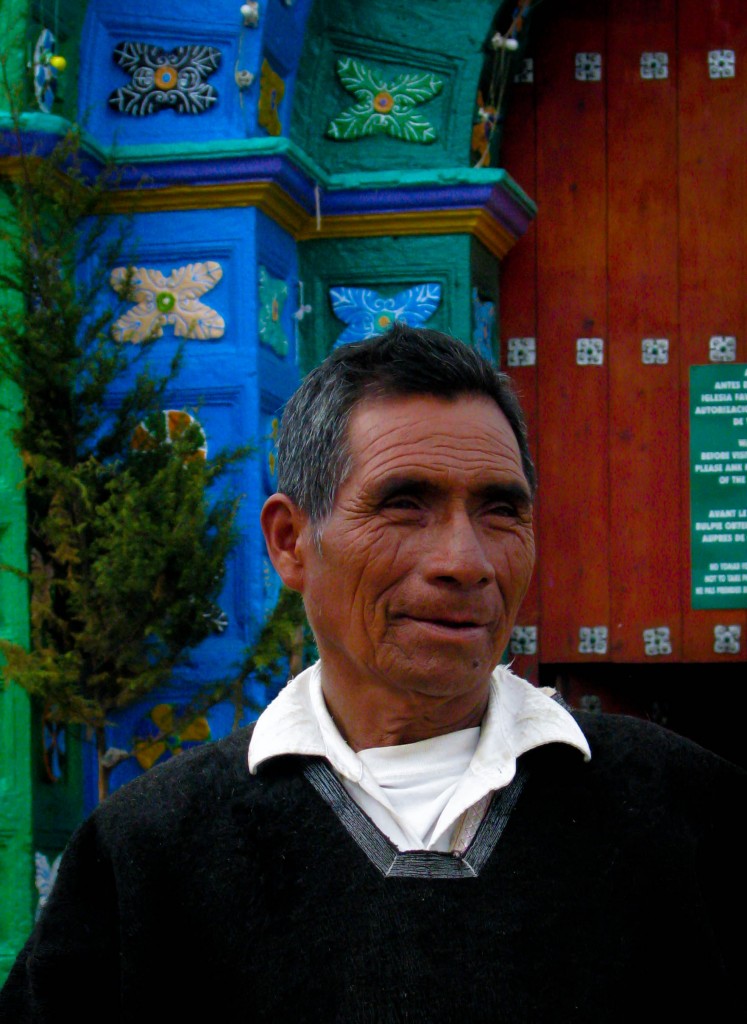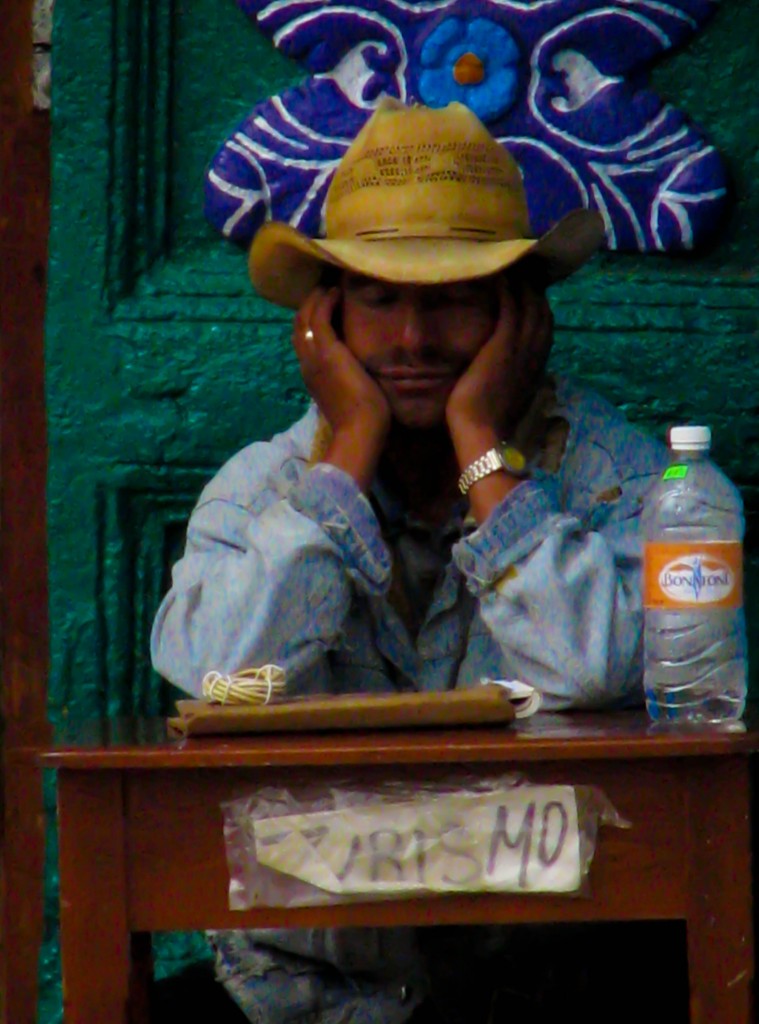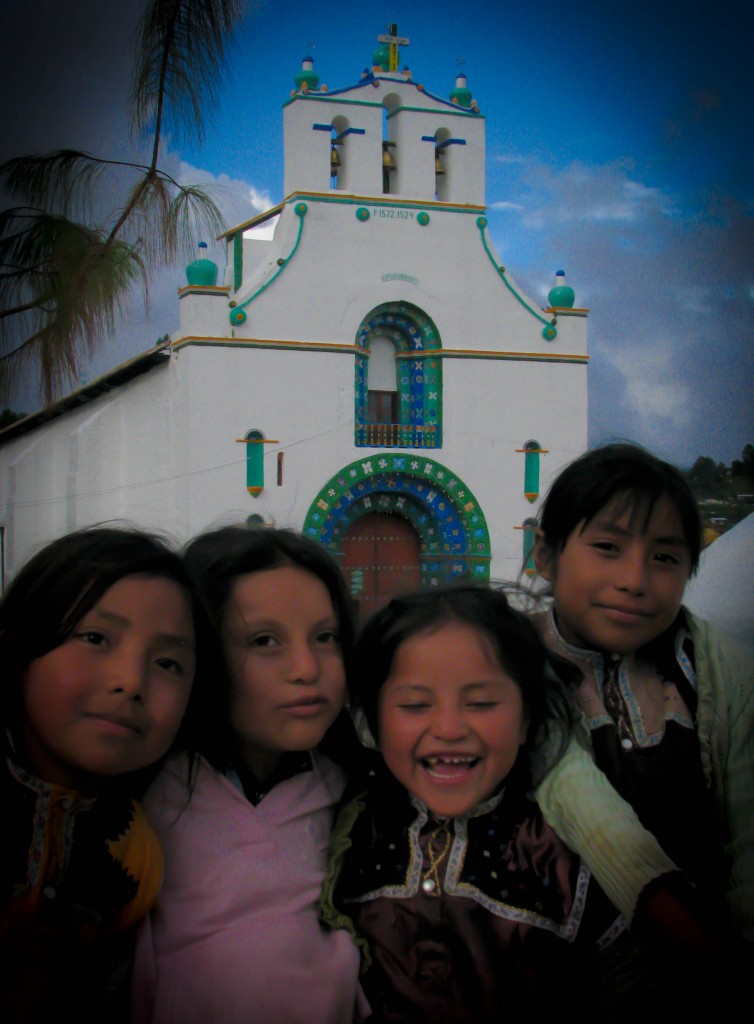Mexico
While traveling, many feel most comfortable in houses of worship; others seek and create a sense of familiarity in museums, cafes, bars or plazas. University campuses make me feel at home no matter where I am in the world. Beyond linguistic and cultural barriers, I am able to identify with the youthful exuberance generated in environments of learning. It is where one comes in contact with the uncompromising and passionate ideals of the youth, the practical wisdom of the faculty, and the country’s most socially and culturally engaged general public.
Most campuses–as with universities I have spent time in: Shiraz, San Diego, Birzeit, Berkeley and Mexico City–are often the main site of social movements. In Mexico, the tension between the university and the government is more tangible. On October 2, 1968, hundreds of college students in Mexico City were massacred by the government of Gustavo Díaz Ordaz. This event of transnational import is known as the Tlatelolco massacre. Consequently, the army is not allowed on campuses while universities hire their own security. It goes without saying that this law has not necessarily stopped the army from attacking, arresting and shooting at students in Mexico.
On January 14, I had the honor of spending a day at Universidad Nacional Autónoma de México (UNAM), located in La Ciudad Universitaria. I was charmed by its open spaces, iconic murals, and friendly energy; I was humbled by its history of involvement in academic and social movements in Latin America. I aspire to teach and study at this magnificent institution one day. Here are four pictures that capture my day at UNAM.
In the memory of Maximiliano Agustín Vallejo Flores
Fewer cities have as many open spaces for the gathering of families and friends as Querétaro. The first time I travelled to this magical city was a cold October night in 2010. I got into a cab and told the driver to take me to the city center. Most cities in Latin America have a main plaza where the cathedral or church stands, surrounded by municipal buildings, restaurants, and shops. That is not the case in Querétaro. The city has numerous plazas and parks in its historic center none of which appears to be regarded as the “main” plaza. Understandably, the driver was puzzled and asked me to clarify my exact destination. This was the very beginning of a profound bond that persists today.
In any time of day and night, weekday or weekend, one can find people in Querétaro’s plazas. Families spend quality time with each other. Couples enjoy their company and show no restraint in being affectionate. There is often music and dancing. Kids play in a corner supervised by their parents. Grandparents read their newspaper or play chess. These plazas are always filled with soulful energy. Having lived in southern California for six years, I experienced Querétaro against the backdrop of scattered cities such as San Diego or urban laboratories like Irvine whose “downtown” is a shopping mall. Sadly, urban planning, even in Latin America, no longer takes into consideration the importance of the public space. It goes without saying that eliminating public spaces from urban centers is a political question beyond the scope of this post.
I returned to Querétaro in January 2015 to capture the city’s enchanting and mesmerizing plazas. I took most of these photographs early in the morning where most are at work. All the same, they show the full spectrum of the city’s rich urban landscape. Every plaza is filled with personal stories of love and loss, and I am grateful to have been able to return to Querétaro to renew friendships and relive enriching experiences. Hope you enjoy these photographs.
In January 2013, I returned to Mexico for the first time after living there. I had heard lots from domestic and international tourists about the mesmerizing beauty of Oaxaca; their compliments were understated. Oaxaca stands out the moment one steps into its markets and historic center, speaks with locals, and contemplates Mexico’s past and present in its breath-taking archaeological sites. In my journey from Oaxaca to Mexico City and to Tijuana, I witnessed three distinctly different life styles and traditions; this is the beauty of vast, magical Mexico. Hope you enjoy a little taste of Oaxaca.
San Juan de Chamula San Juan de Chamula Lago Atitlan Antigua San Juan de Chamula

